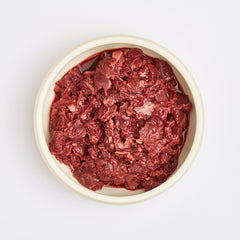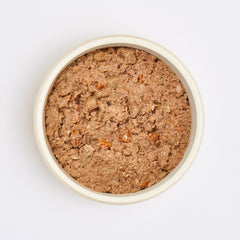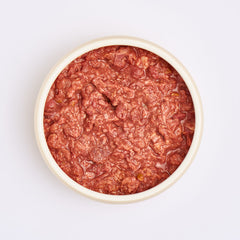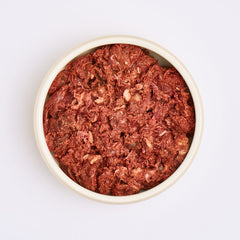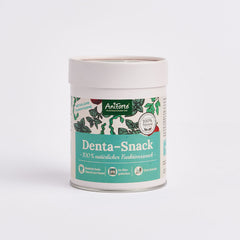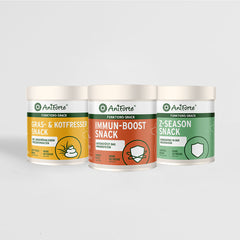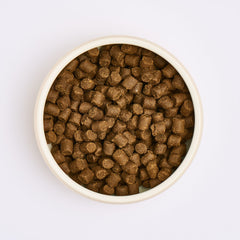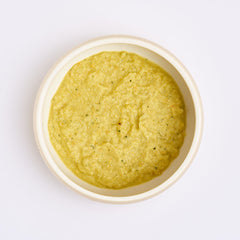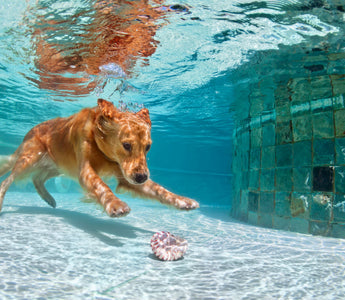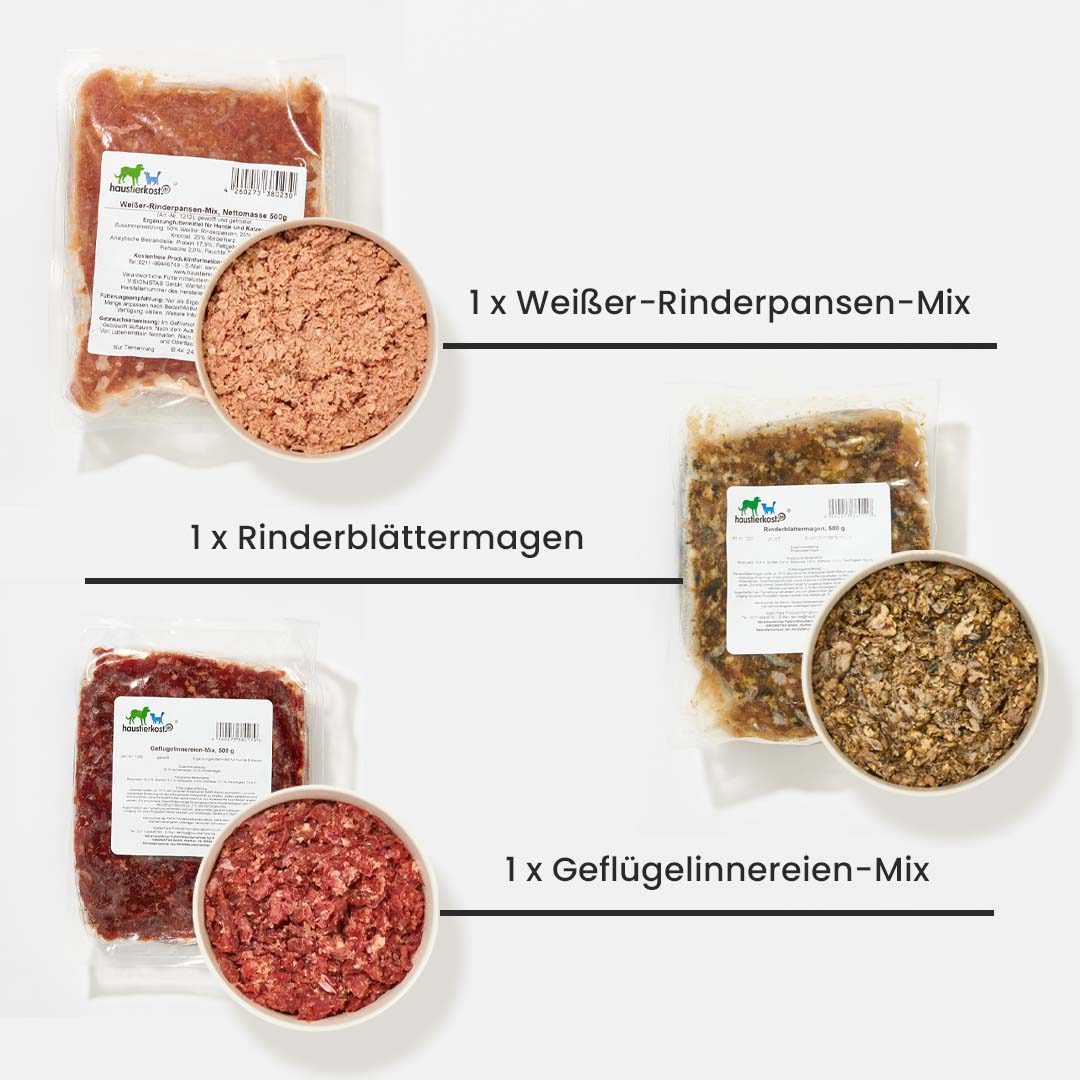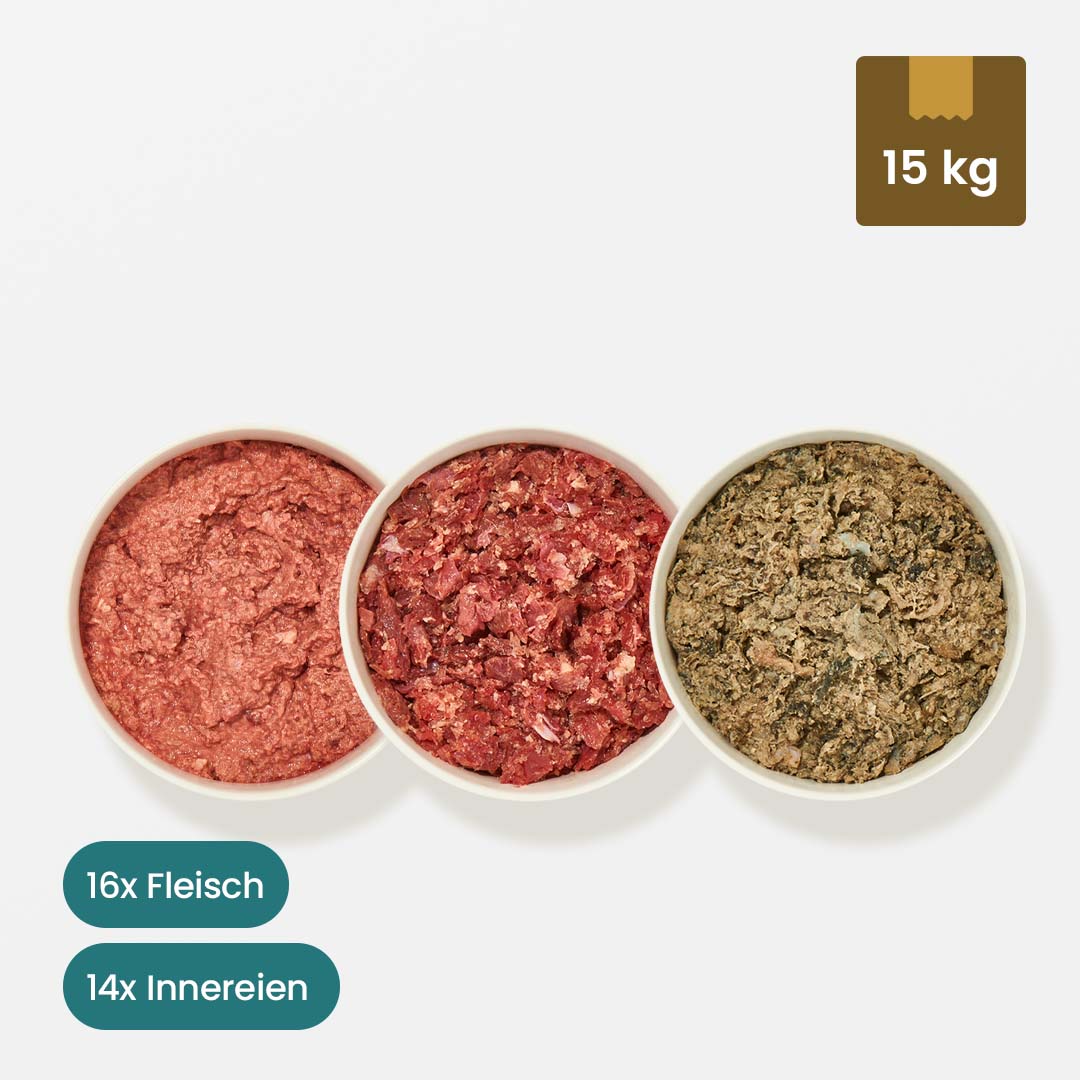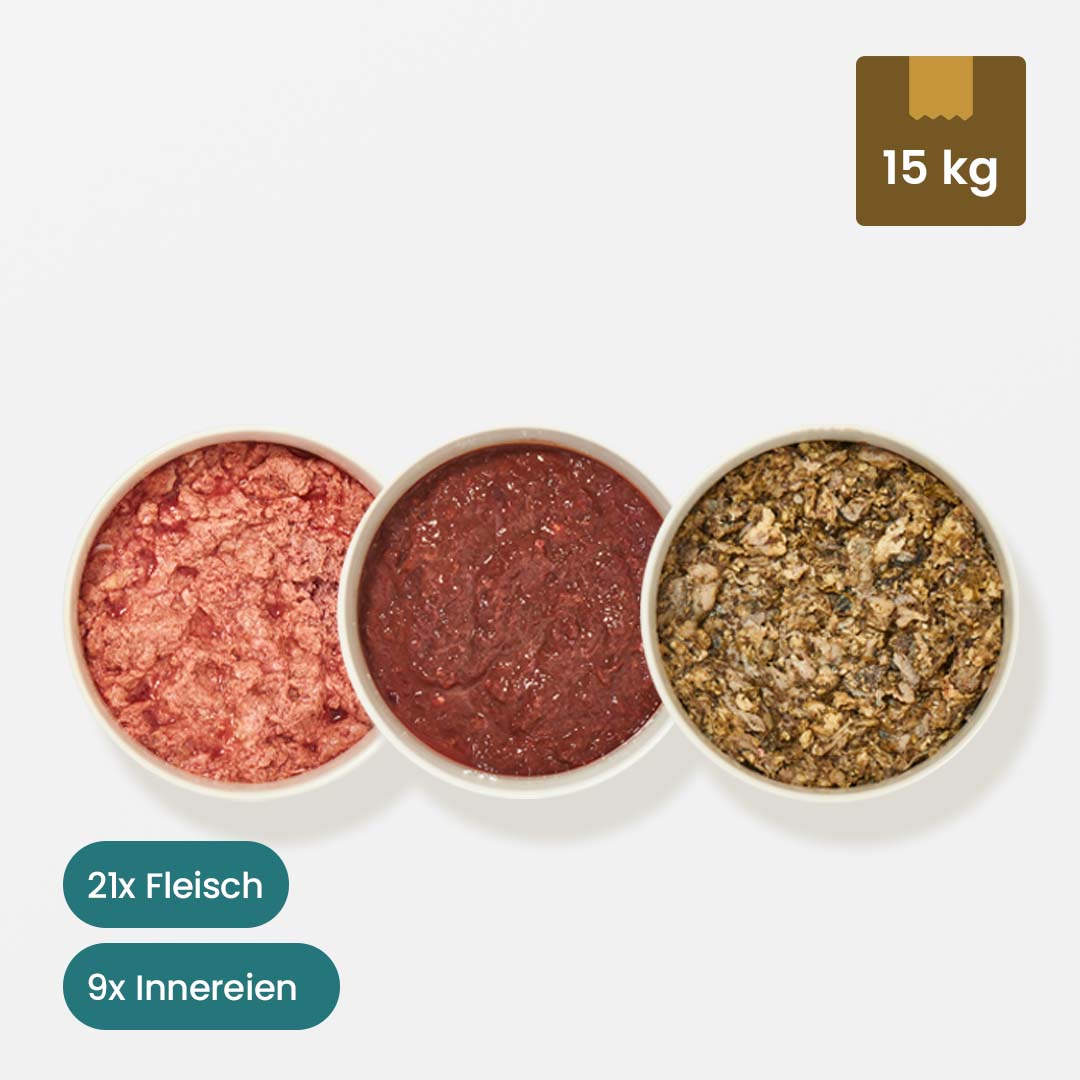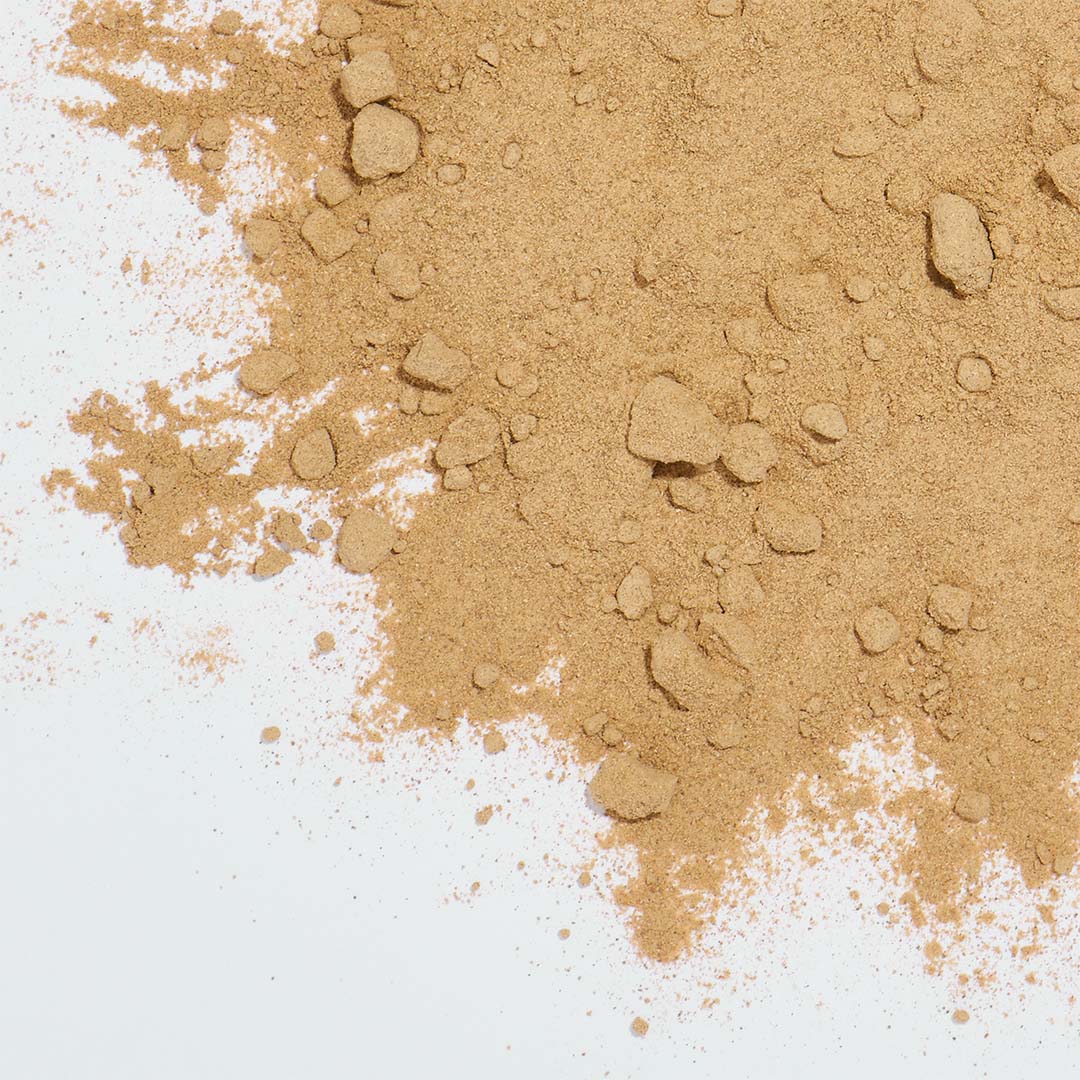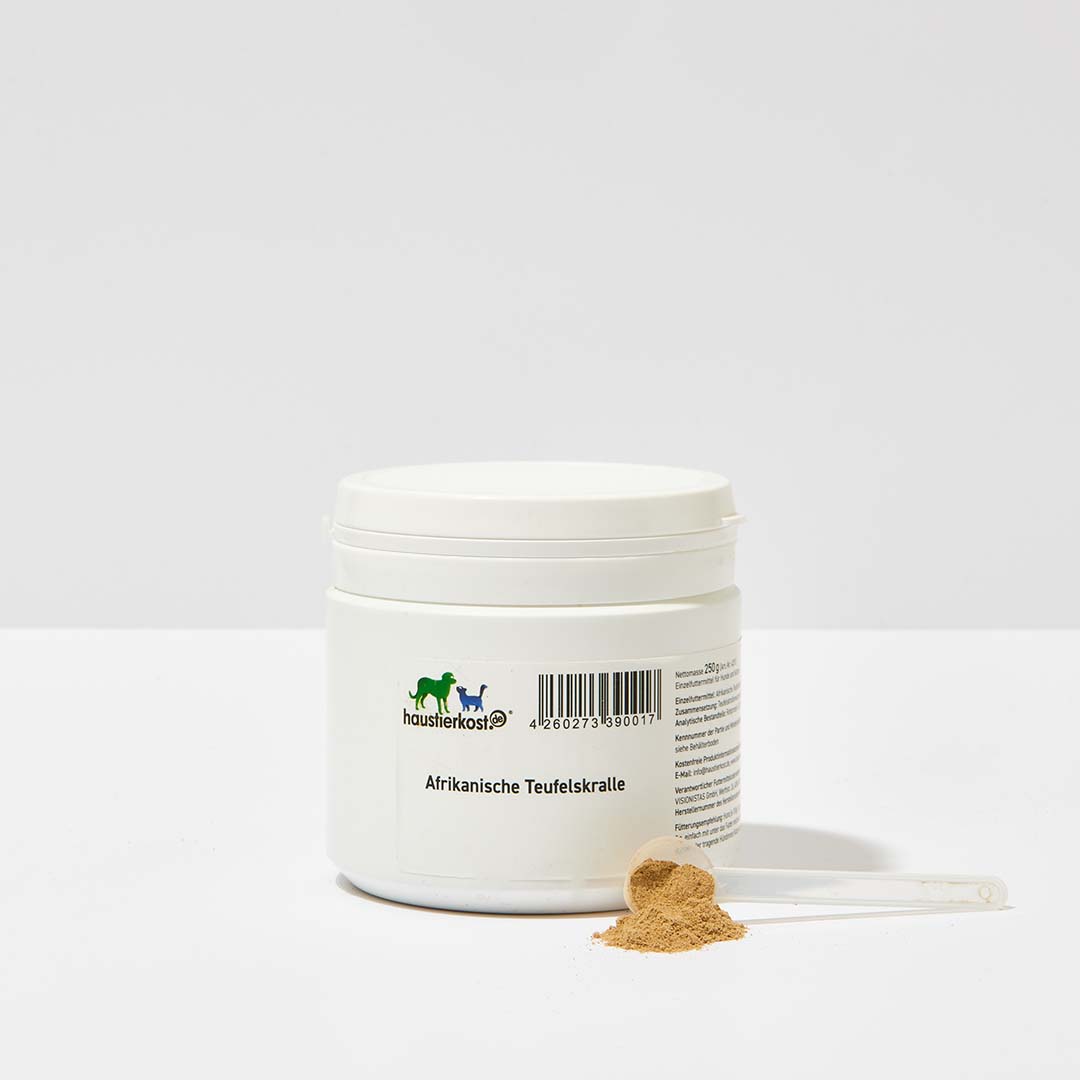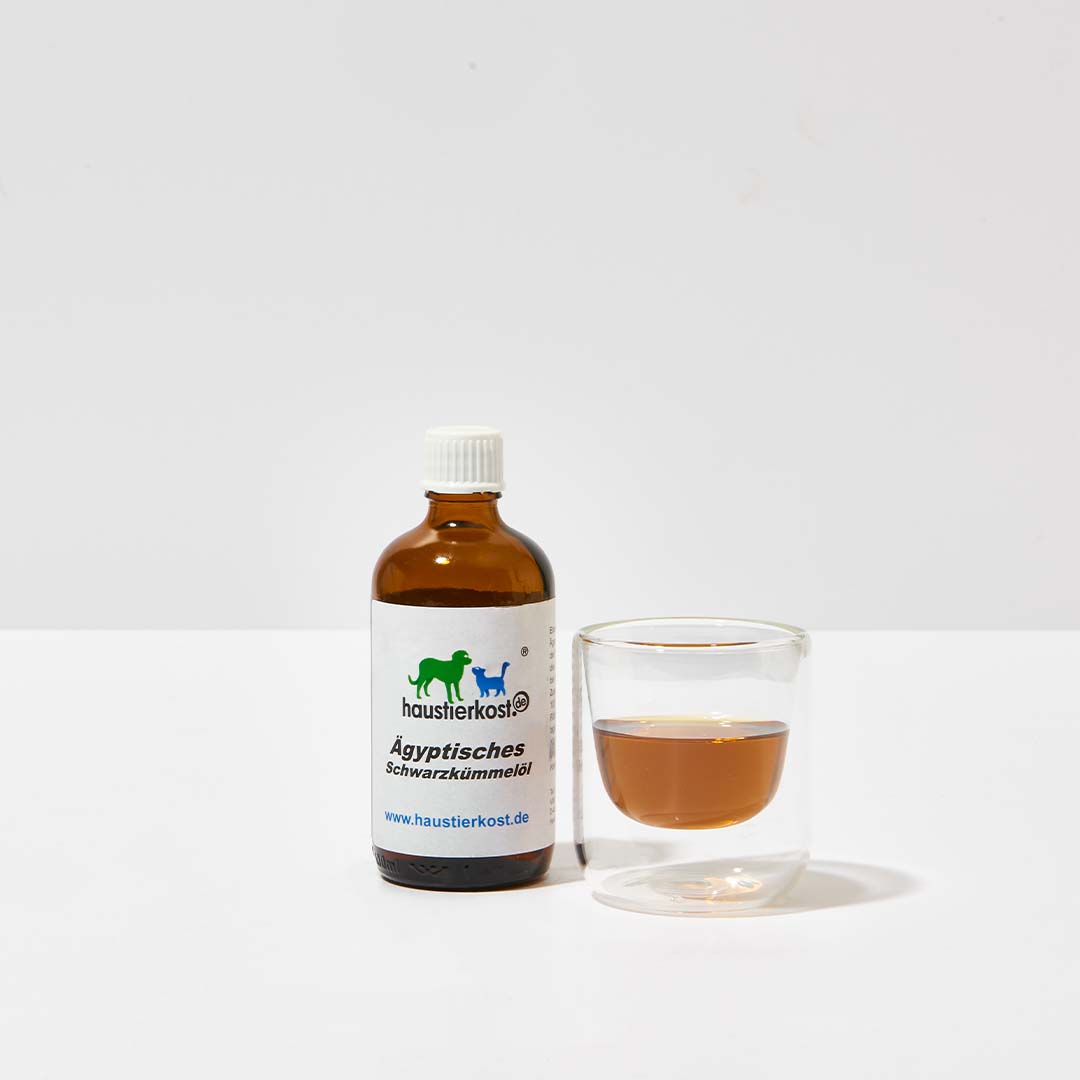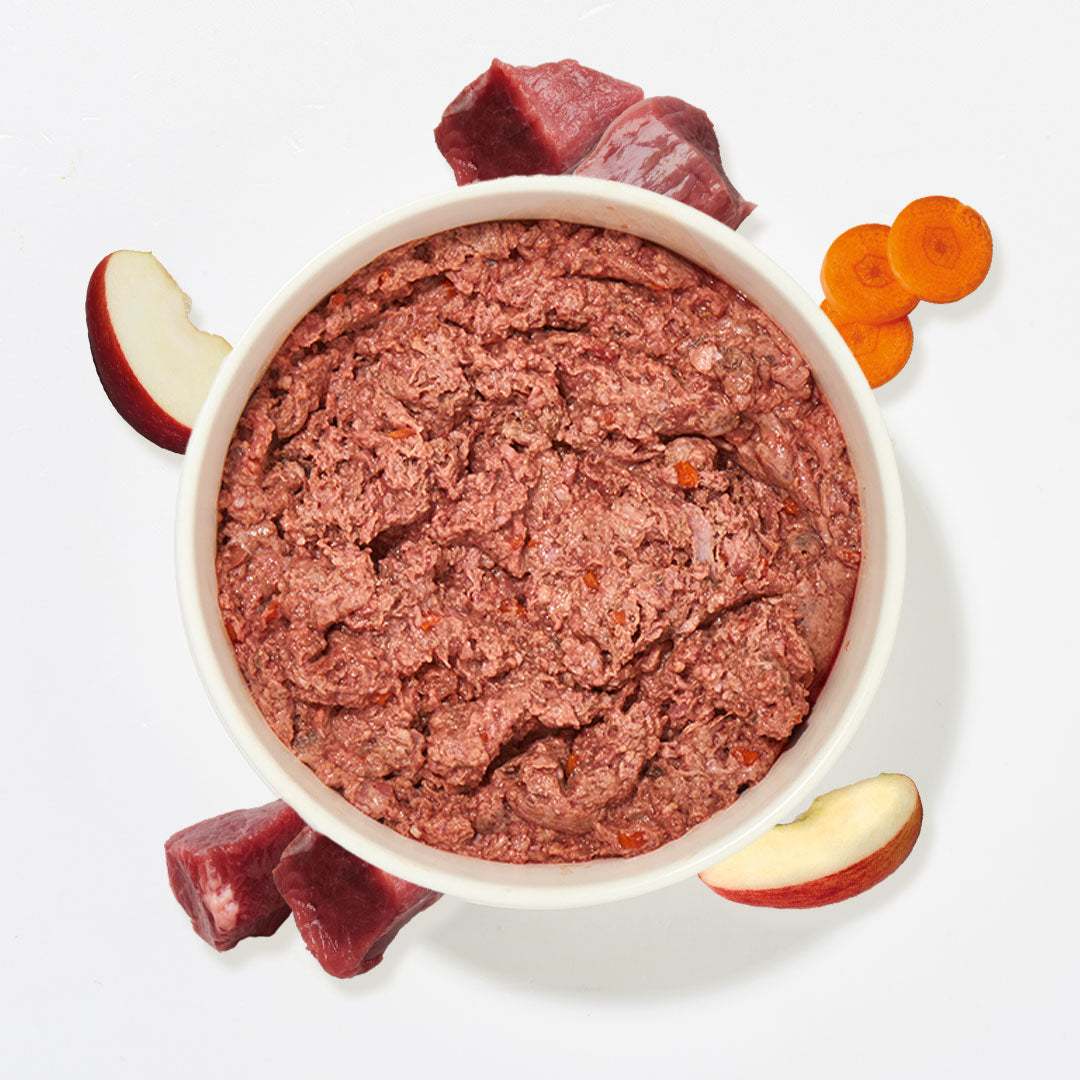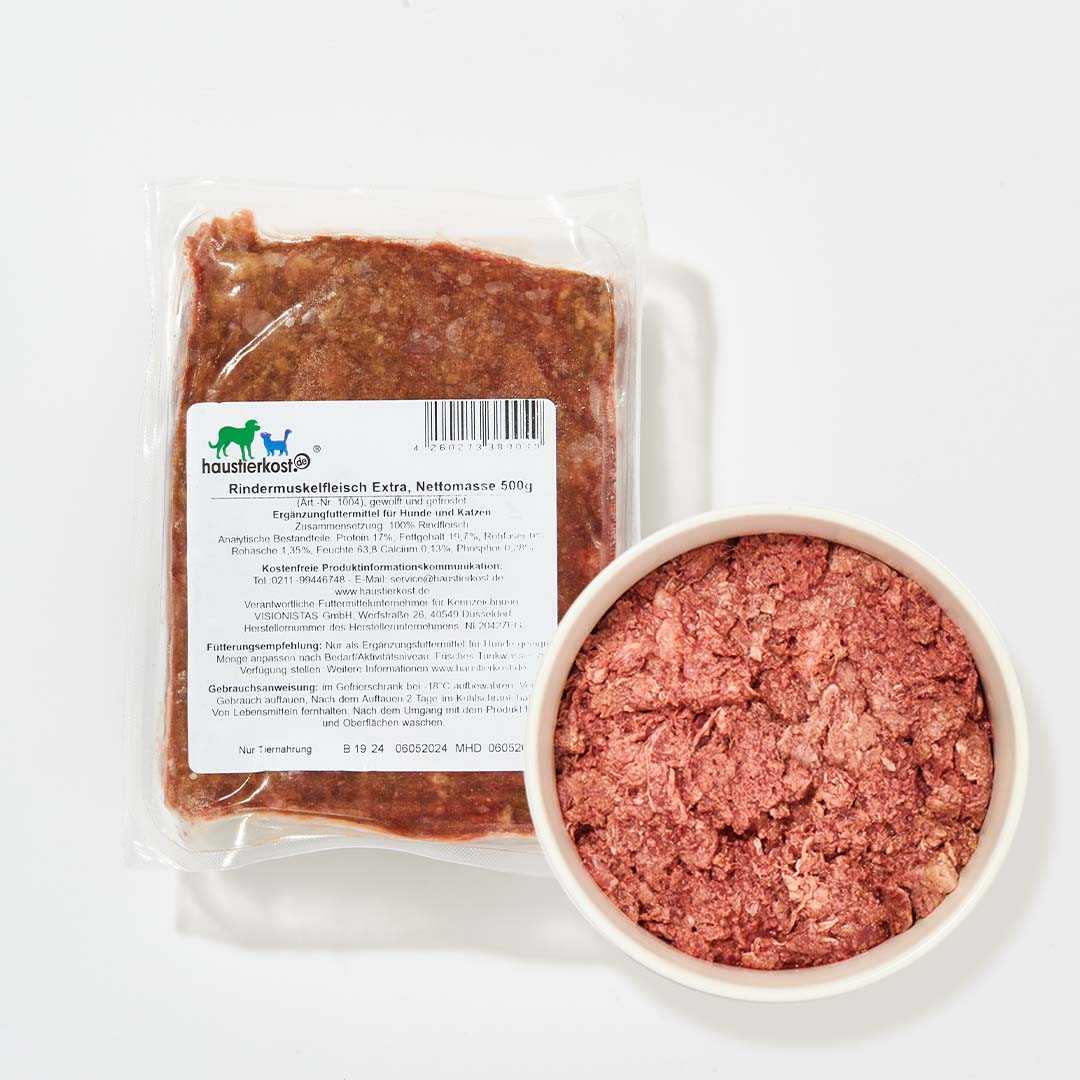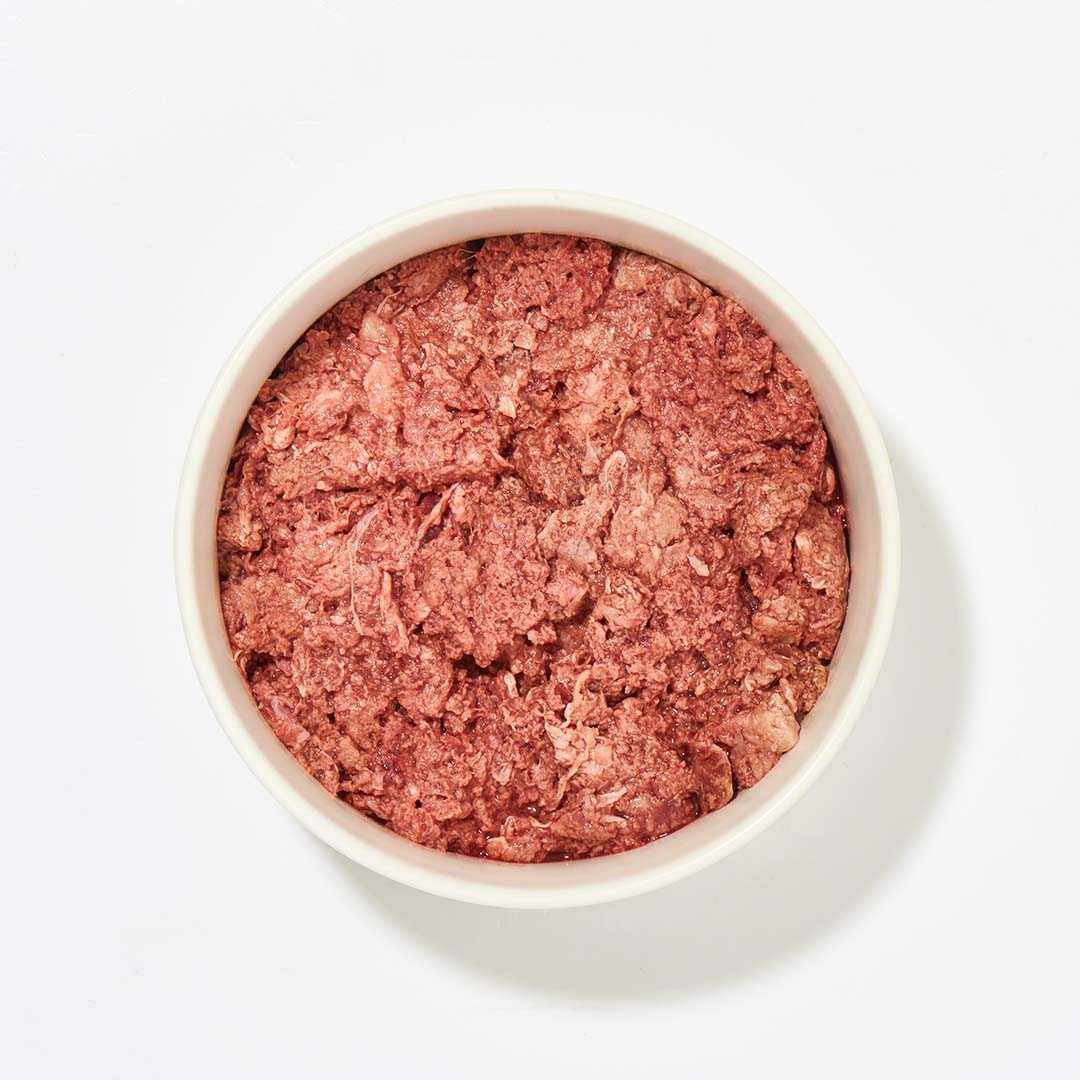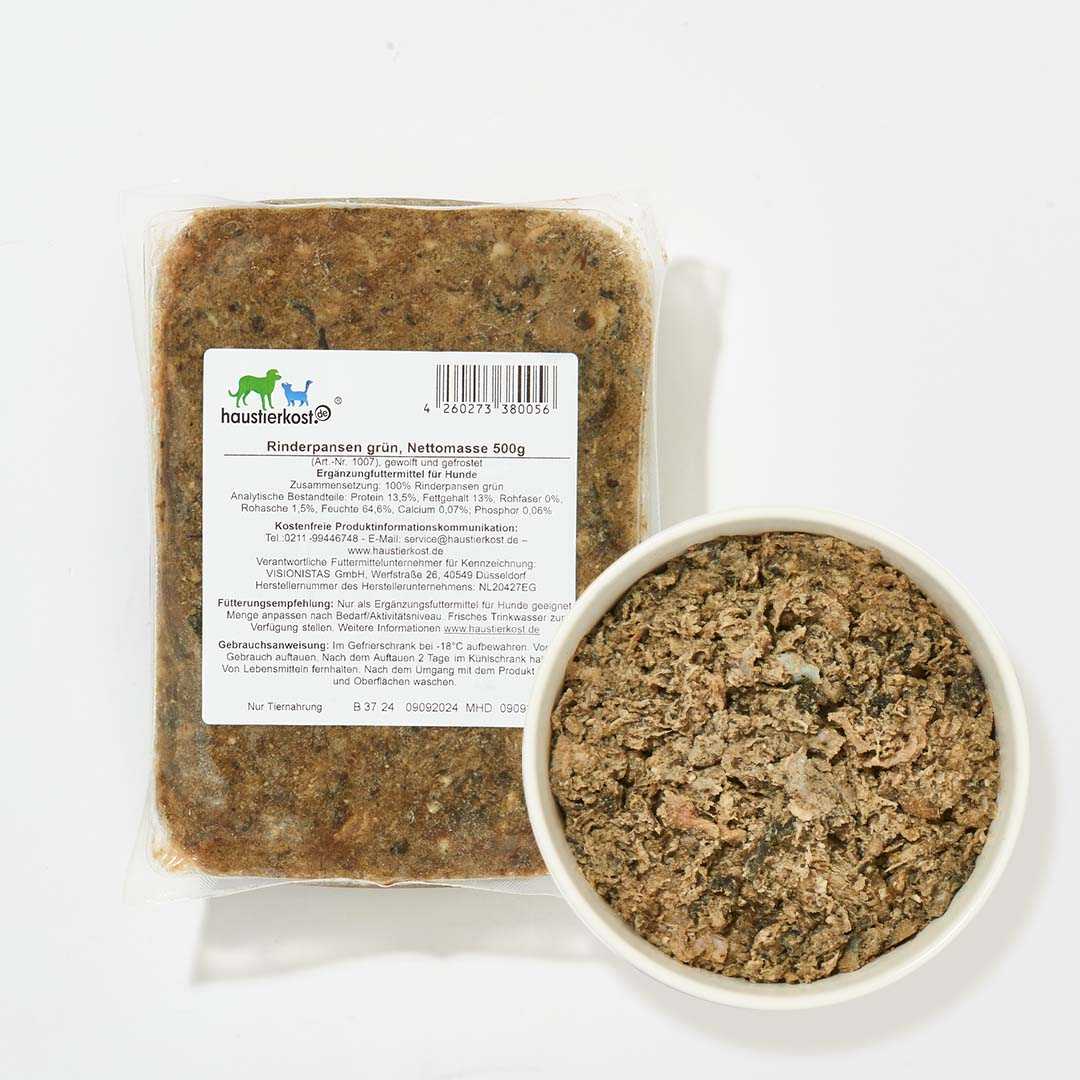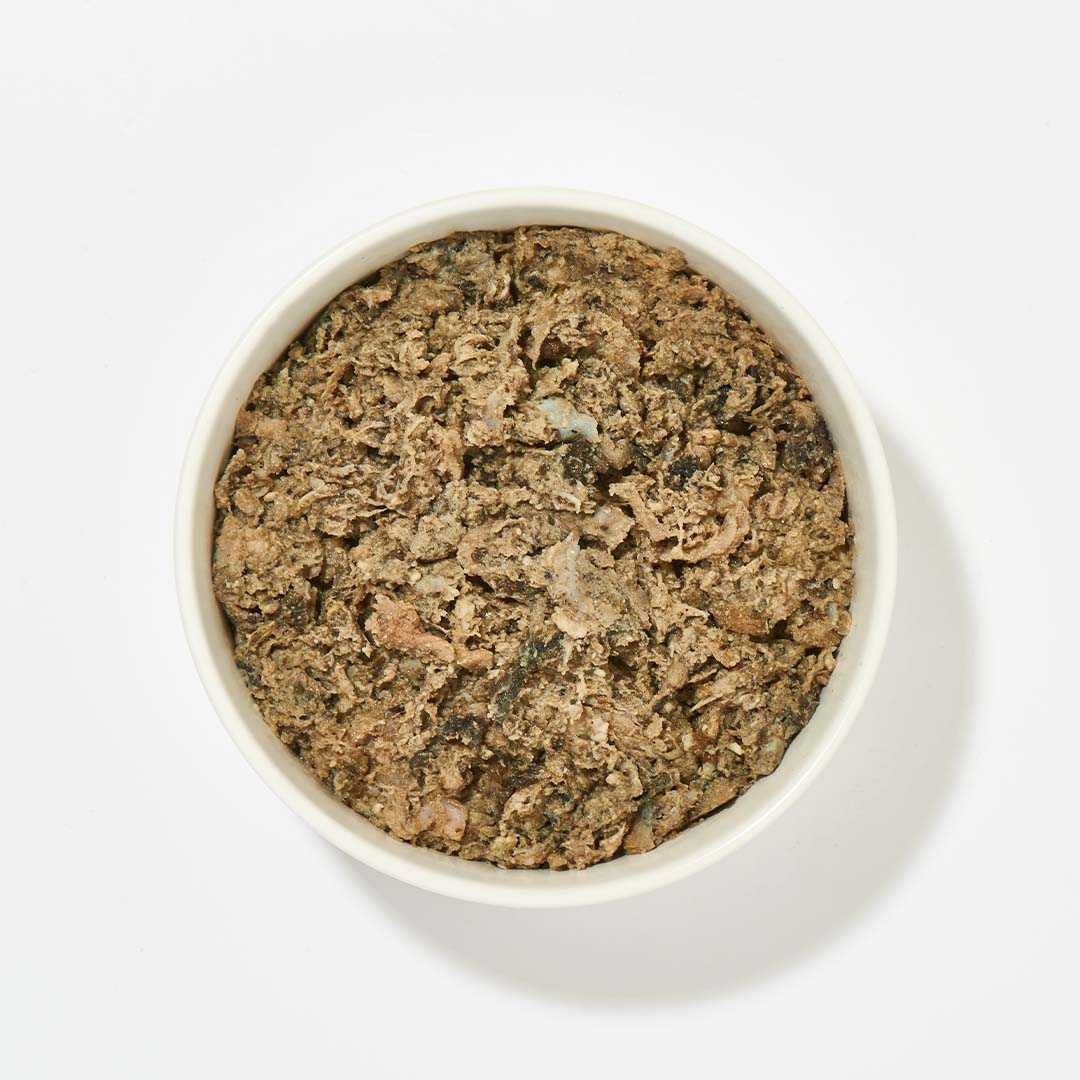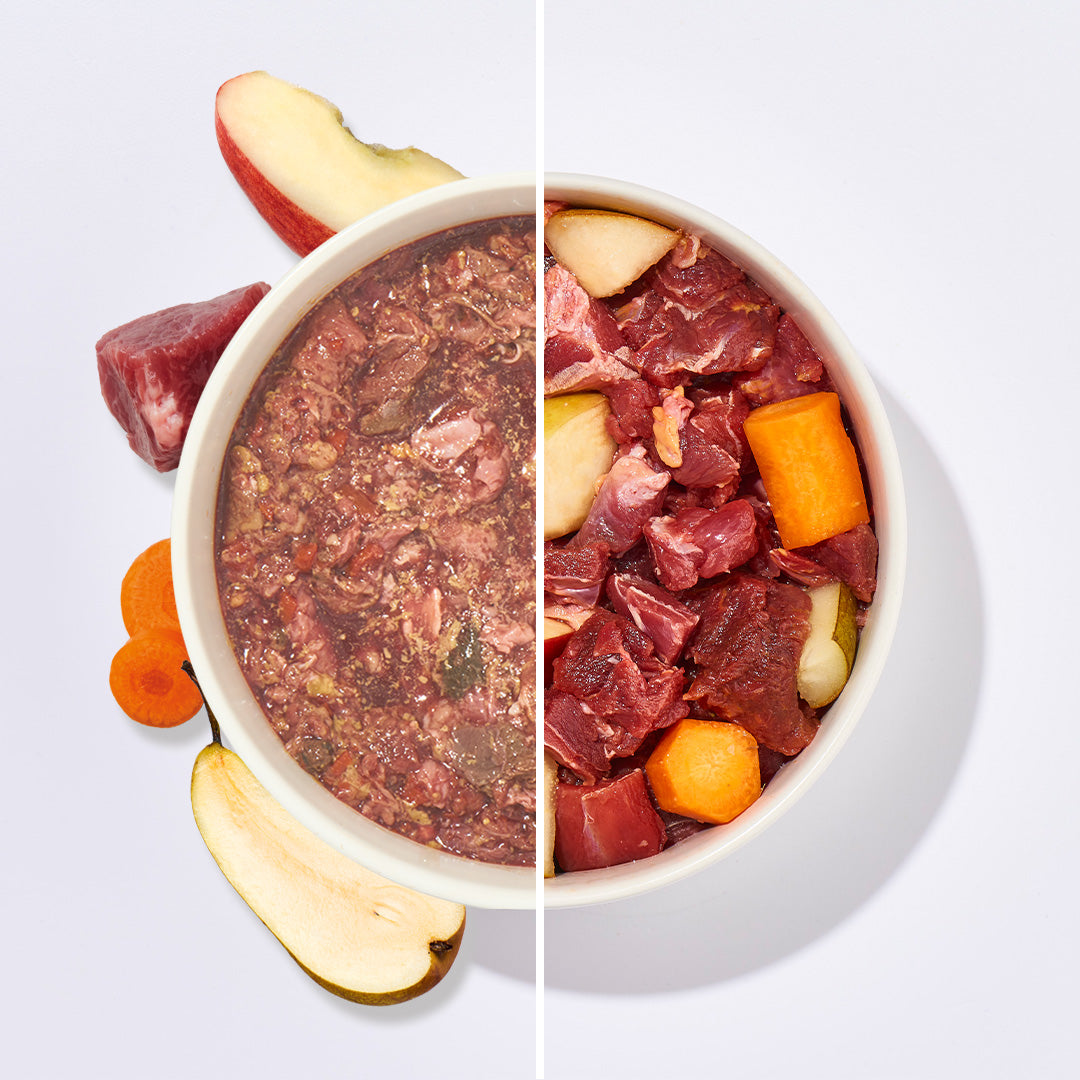In this article you will find information about the topic of wet tail in dogs, help with prevention and treatment as well as information about the cause and symptoms. Because a wet tail is not only unpleasant for the dog - it causes severe pain during one of our four-legged friends' favorite activities, swimming!
The water tail in dogs – a painful muscle inflammation
For almost every dog owner, it is great fun when the first rays of sunshine warm the water and their four-legged friend jumps into the cool water carefree and full of joy... if only there wasn't the risk of a wet tail. Find out more about the topics:
- How does a dog get a wet tail?
- Symptoms of a water tail
- How do I help my dog with a wet tail?
- What can I do to prevent my dog from getting wet tail?
How does a dog get a wet tail?
The water tail, medically known as coccygeal myopathy or limber tail syndrome, is a rather rare neurological muscle disease (inflammation) in the area of the base of the tail in dogs. It is caused by strong to excessive physical strain on the dog's back and tail muscles, usually in connection with cold water. Swimming , playing and romping in the water puts a lot of strain on the tail as an organ that provides balance and direction, so that in this combination a water tail can quickly develop.
Symptoms of a water tail
As a good observer of your dog, you will quickly and clearly discover the symptoms of (beginning) wet tail:
- the dog stretches his tail a few centimeters away from the base of the tail
- the rest of the tail hangs limply and without any movement of its own
- significantly increasing sensitivity to pain the closer you get to the dog's bottom and tail
- joyful wagging is avoided due to pain
- the dog is restless, hardly lies down, sleeps restlessly and sometimes whines
How can I help my dog?
Please remember that tail rot is a very painful condition. Therefore, do not wait until tomorrow to start treatment, but react quickly.
The vet will take an X-ray to rule out a fracture of the tail, or rather the vertebral bodies. If this confirms the diagnosis, treatment will begin with anti-inflammatory and pain-relieving medication. In most cases, further diagnostics and more intensive therapy are not necessary, as the acute phase is over after just a few days.
How to support your dog’s healing process:
- Rest, rest, rest – instead of long walks, exercise your dog with head or nose work
- Quark compresses usually work wonders against inflammation (of any kind). Quark has a cooling effect, which relieves pain and reduces swelling. At the same time, the casein contained in the quark stimulates the metabolism and thus accelerates the healing process. Applying the quark naturally requires a little skill, as most four-legged friends are not particularly cooperative. Once the quark is in place, the following guideline applies: the quark should remain on the inflamed part of the body until it dries and crumbles... good luck!
Once the acute phase is over, you should slowly build up your dog's activity again. Extensive bathing and long walks will have to wait a little longer. For both big and small water lovers, the following applies: moderate swimming and playing in the water are OK again - to avoid further illness, it is an unwritten rule to dry the base of the tail thoroughly and keep it warm.


